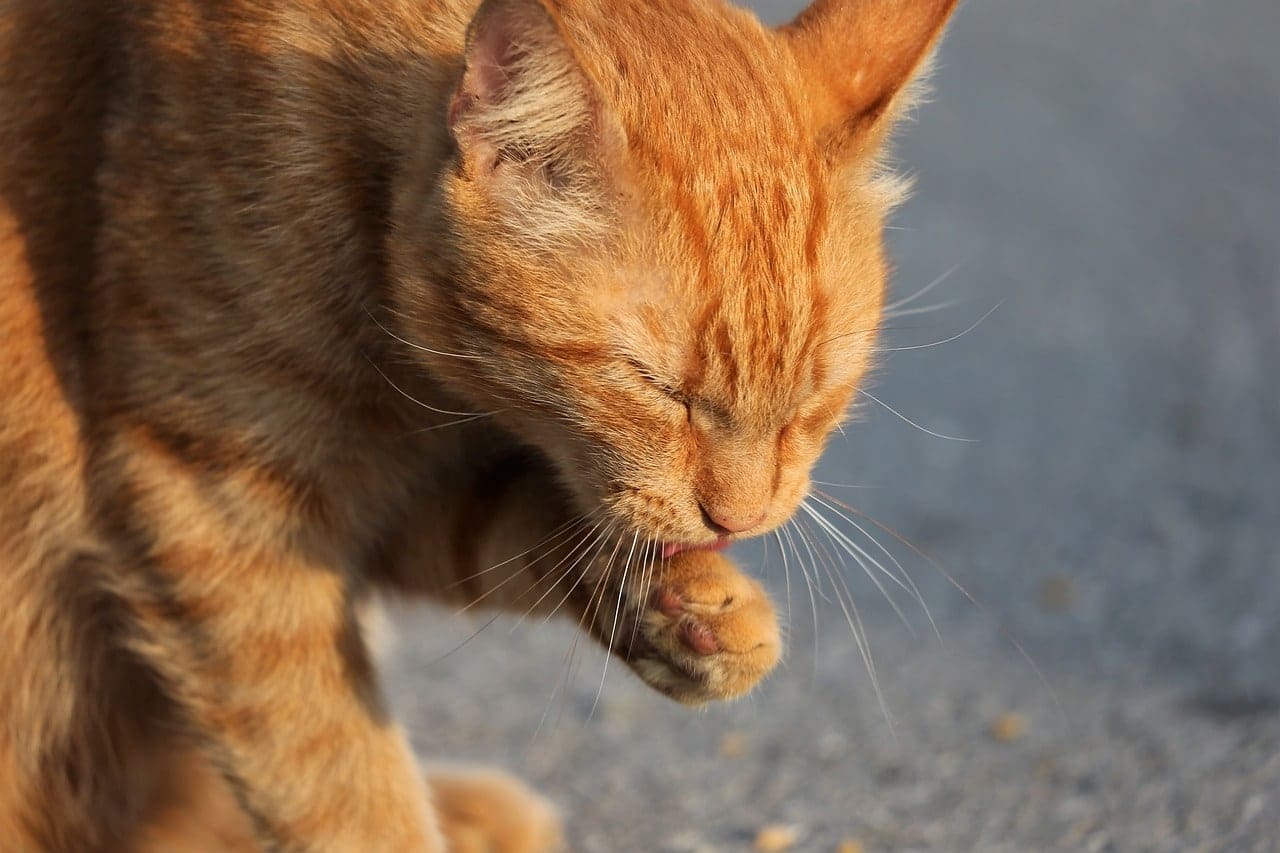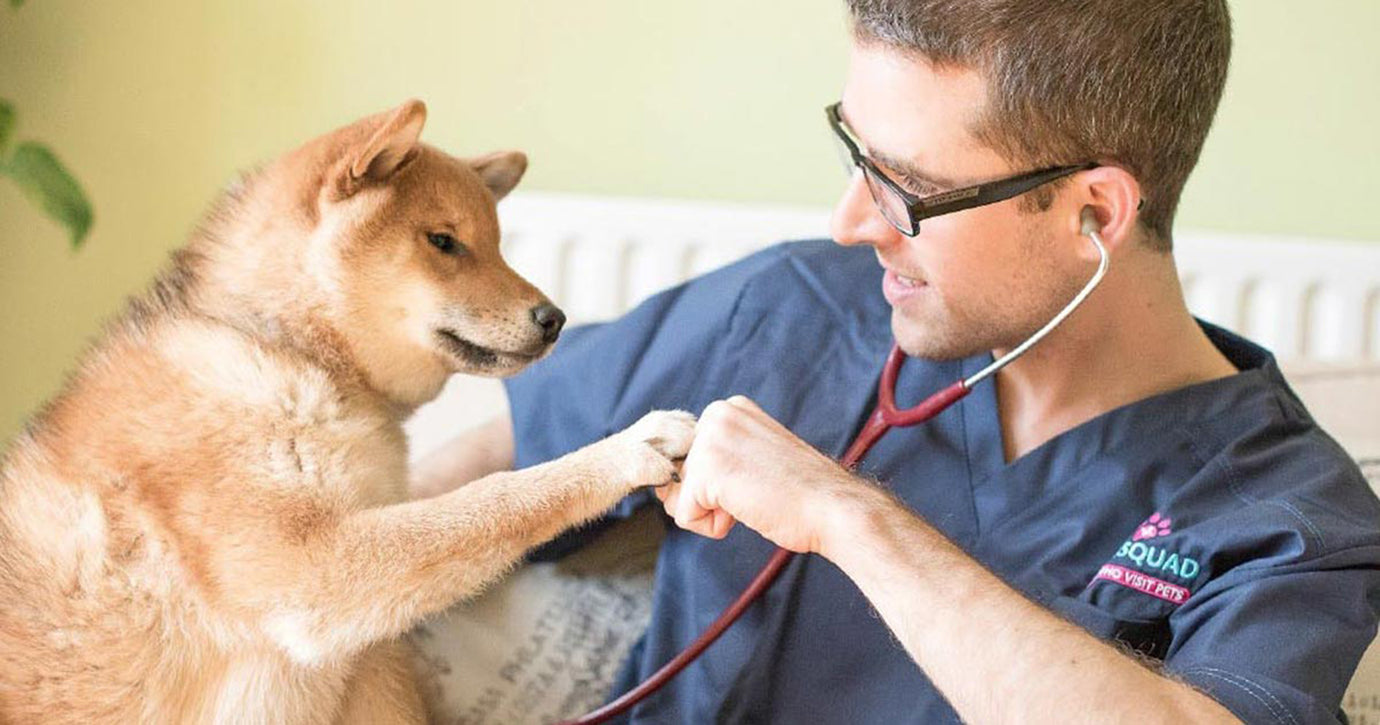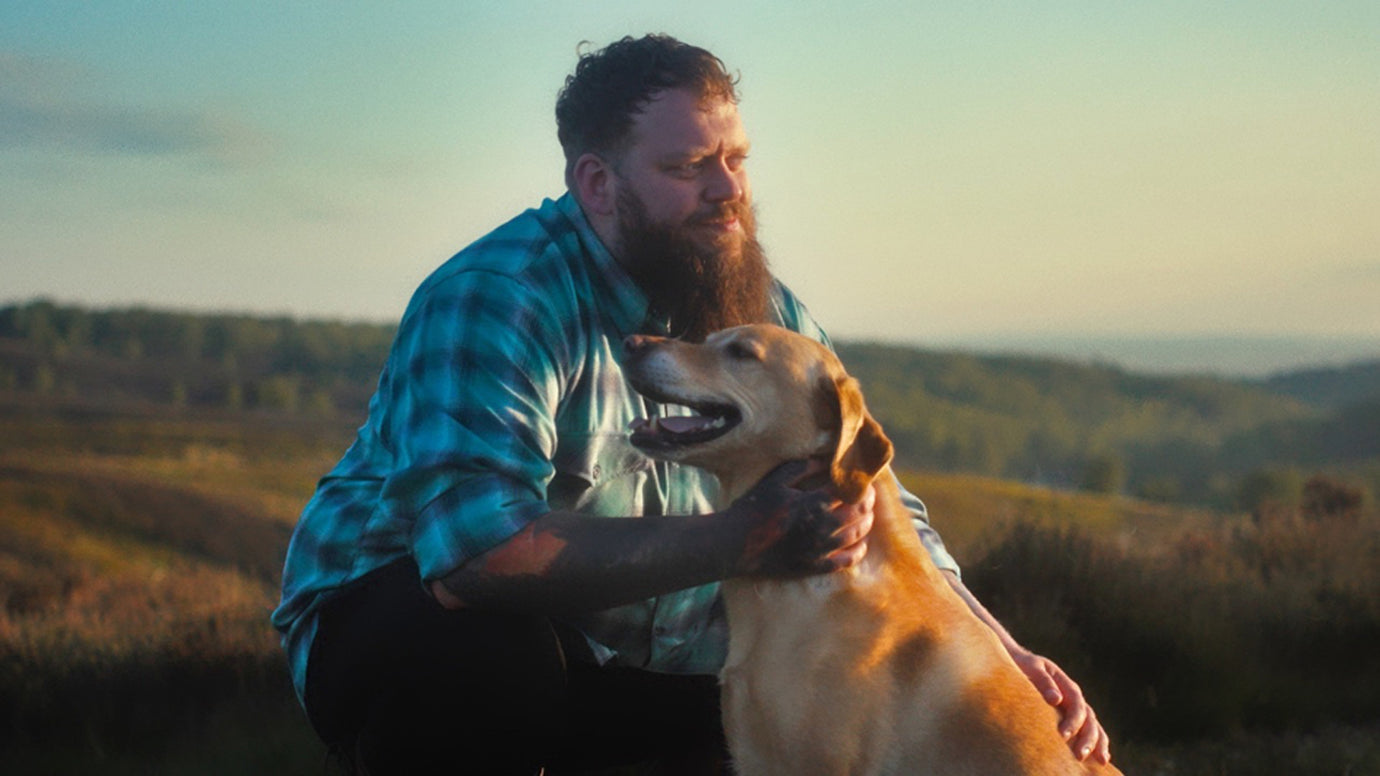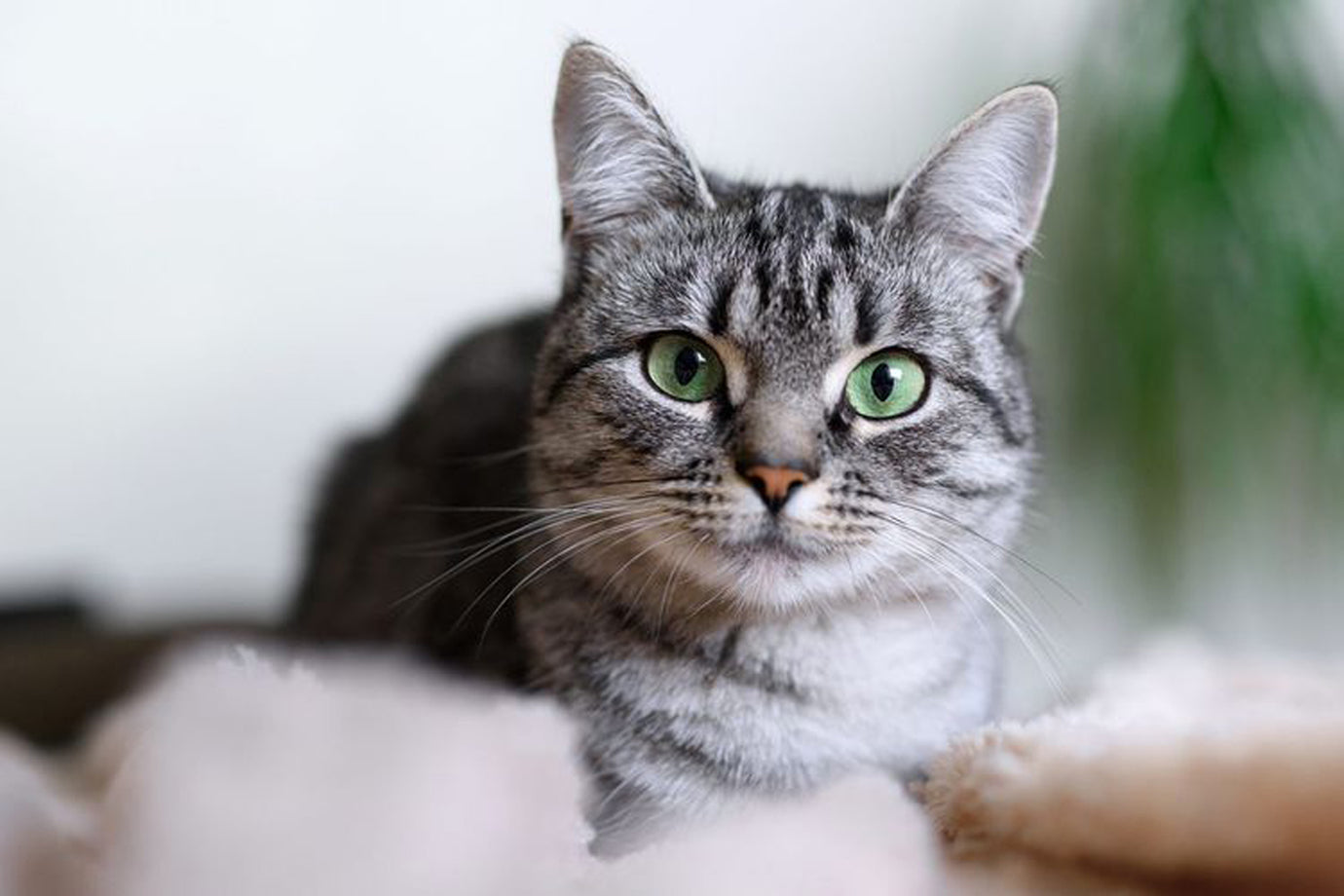The Ultimate Guide to Pet Grooming: Keeping Your Furry Friend Clean and Healthy

Pet grooming plays a crucial role in responsible pet ownership, as it is essential for maintaining the well-being and appearance of your furry friend. Beyond just enhancing their looks, regular grooming sessions contribute significantly to their overall health and happiness. This comprehensive guide has been created with the aim of offering pet owners valuable insights into the significance of pet grooming, along with providing essential information on grooming tools, techniques, and helpful tips to ensure a successful and enjoyable grooming experience for both you and your pet.
The Importance of Pet Grooming:
Health Benefits: Grooming plays a vital role in maintaining the health of your pet. Regular brushing helps remove dirt, debris, and loose hair, preventing matting and skin issues. It also stimulates blood circulation and distributes natural oils, promoting a healthy coat and skin.
Bonding Opportunity: Grooming sessions provide an excellent opportunity for bonding with your pet. The physical contact and attention you give during grooming can strengthen your relationship and build trust.
Early Detection of Health Issues: Grooming allows you to closely examine your pet’s body, skin, ears, and teeth, helping you identify any signs of potential health problems at an early stage. This early detection can lead to timely veterinary care and better treatment outcomes.
Essential Pet Grooming Tools:
Brushes and Combs: Different types of brushes and combs are available for various coat types. Bristle brushes, slicker brushes, and shedding tools help remove loose hair and prevent matting.
Nail Clippers or Trimmers: Keeping your pet’s nails trimmed is important for their comfort and mobility. Use specialized pet nail clippers or trimmers to avoid cutting the quick, which can cause bleeding and pain.
Pet Shampoo and Conditioner: Choose gentle, pet-specific shampoos and conditioners that suit your pet’s coat and skin type. Avoid using human products as they may contain ingredients harmful to pets.
Grooming Clippers or Scissors: If you have a long-haired breed or prefer specific grooming styles, investing in grooming clippers or scissors can help you achieve desired results.
Ear Cleaning Solution and Cotton Balls: Regular ear cleaning helps prevent ear infections. Use a veterinarian-recommended ear cleaning solution and cotton balls to gently clean your pet’s ears.
Grooming Different Types of Pets:
Dogs: Dogs require regular brushing, bathing, and nail trims. Some breeds may also need specialized grooming for their coats, such as trimming, stripping, or hand-stripping. Choosing the right dog food is crucial for your pet’s overall health and well-being.
Cats: Although cats groom themselves, they may still benefit from occasional brushing, especially if they have long hair. Regular nail trims and dental care are also important for cats.
Small Animals (Rabbits, Guinea Pigs, etc.): Small animals have specific grooming needs, including brushing, nail trims, and checking for any skin issues or overgrown teeth.
Birds: Birds need regular bathing to maintain clean feathers. You can provide them with a shallow water dish or mist them with water. Regular beak and nail trims may also be necessary.
Reptiles: Reptiles require habitat cleaning, including the removal of waste and regular disinfection. Some reptiles may also benefit from gentle skin cleaning using specialized reptile-safe products.
Bathing Your Pet:
Preparing the Bathing Area: Gather all necessary supplies before bringing your pet into the bathing area. Place non-slip mats or towels to ensure their stability and comfort.
Brushing before Bathing: Before bathing, brush your pet’s coat to remove any loose hair or tangles. This step helps prevent mats and allows the shampoo to penetrate the coat evenly.
Proper Water Temperature: Use lukewarm water to bathe your pet. Avoid extremes of hot or cold water, as they can be uncomfortable and distressing for your pet.
Shampooing Techniques: Apply a small amount of pet shampoo, lather gently, and work it through the coat. Be careful to avoid the eyes, ears, and mouth. Rinse thoroughly to remove all traces of shampoo.
Drying Your Pet: Use towels to gently dry your pet after bathing. If your pet tolerates it, you can use a blow dryer on the lowest heat setting, ensuring it is not too close to the skin.
Brushing and Coat Care:
Choosing the Right Brush for Your Pet’s Coat: Different coat types require different brushes. Consult with a professional groomer or your veterinarian to determine the best brush for your pet.
Brushing Techniques for Different Coat Types: Brush your pet’s coat in the direction of hair growth, using gentle strokes. Pay attention to areas prone to matting, such as behind the ears and under the armpits.
Dealing with Tangles and Mats: Use detangling sprays or specialized tools to gently remove tangles and mats from your pet’s coat. Be patient and avoid pulling or tugging forcefully.
Shedding Control Tips: Regular brushing helps manage shedding by removing loose hair before it accumulates around your home. Some breeds may require more frequent brushing during shedding seasons.
Nail Trimming:
Importance of Regular Nail Trims: Overgrown nails can cause discomfort, pain, and difficulty in walking for your pet. Regular nail trims are necessary to maintain proper nail length.
Choosing the Right Nail Clippers: Select nail clippers or trimmers that are appropriate for your pet’s size and nail thickness. Ask your veterinarian or a professional groomer for guidance.
Step-by-Step Nail Trimming Guide: Gently hold your pet’s paw and trim the tip of each nail, being cautious not to cut too close to the quick. Gradually repeat the process for each nail.
Dealing with Overgrown Nails: If your pet’s nails are overgrown, consult a veterinarian or professional groomer to avoid causing injury. They can guide you on gradual trimming to reach an appropriate length.
Conclusion:
Ensuring the well-being of your cherished companion involves an indispensable component: pet grooming. Regular grooming sessions not only foster optimal health but also strengthen the bond between you and your pet while preserving their aesthetic appeal. By recognizing the significance of grooming, equipping yourself with essential tools, and adhering to proper techniques, you can guarantee that your furry friend stays clean, healthy, and contented throughout their lifetime.
Article by Robin Smith (Image by Goran Horvat from Pixabay)






